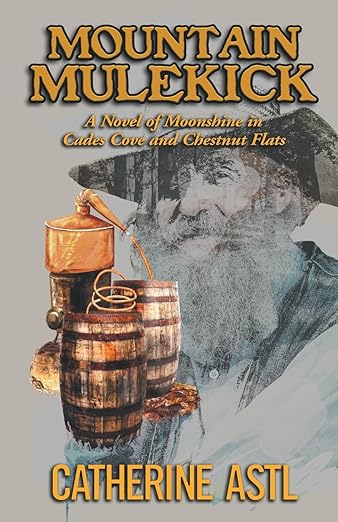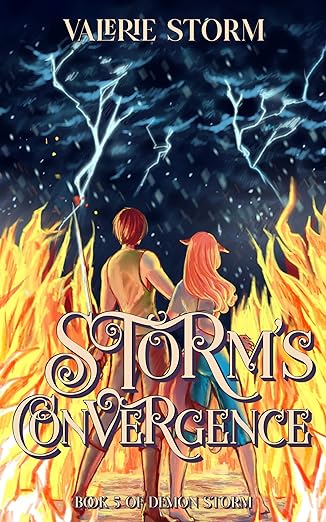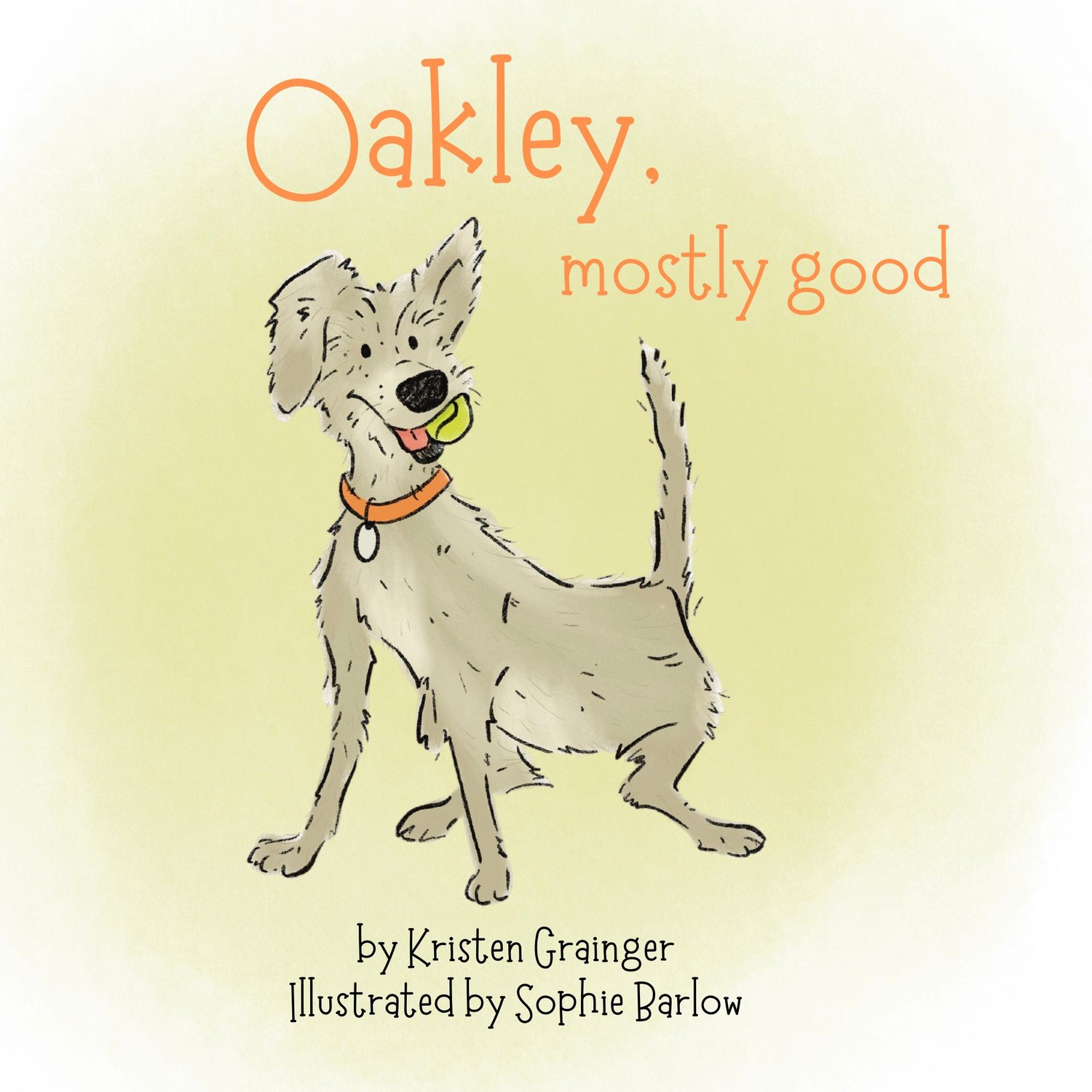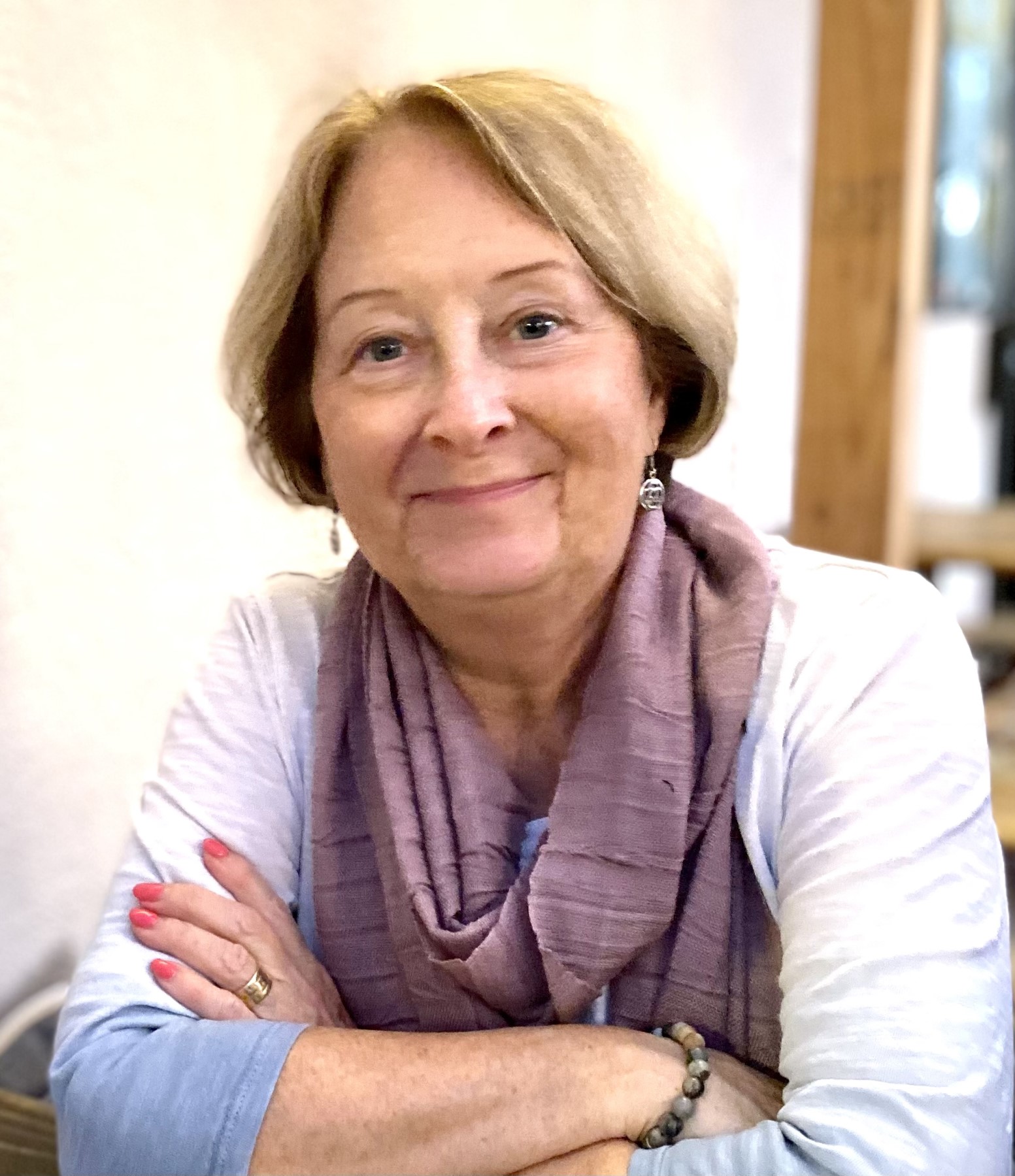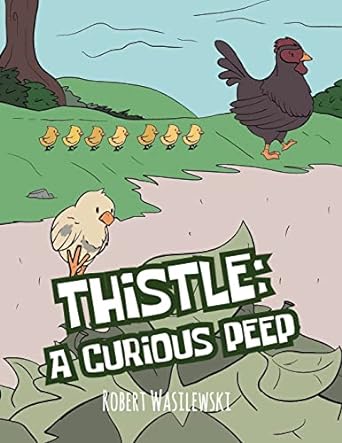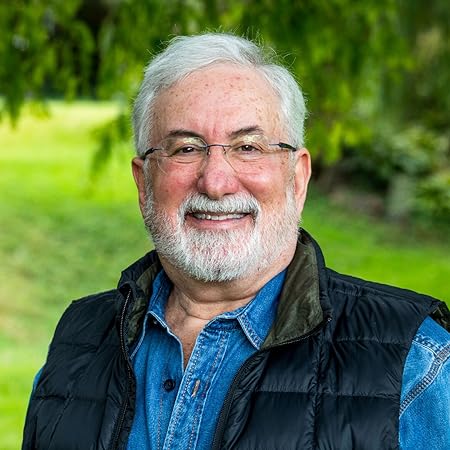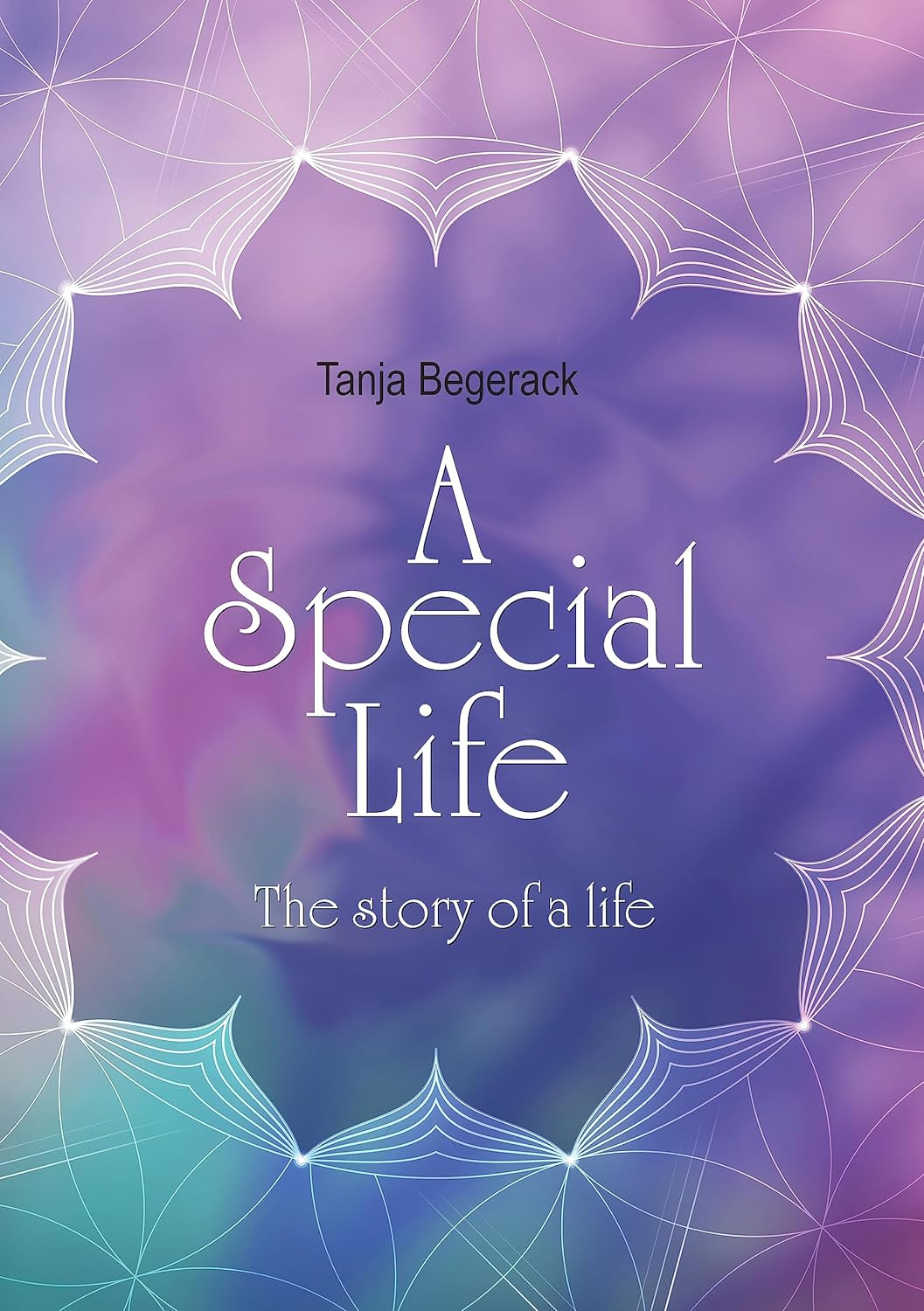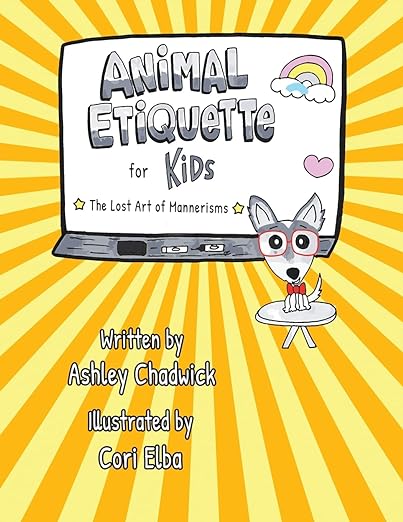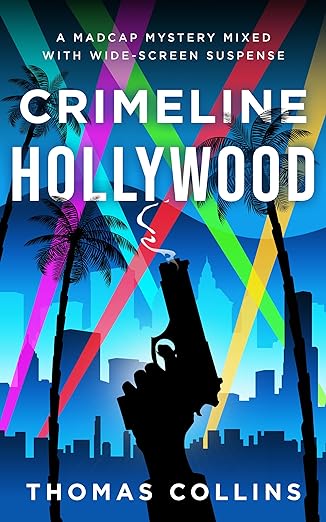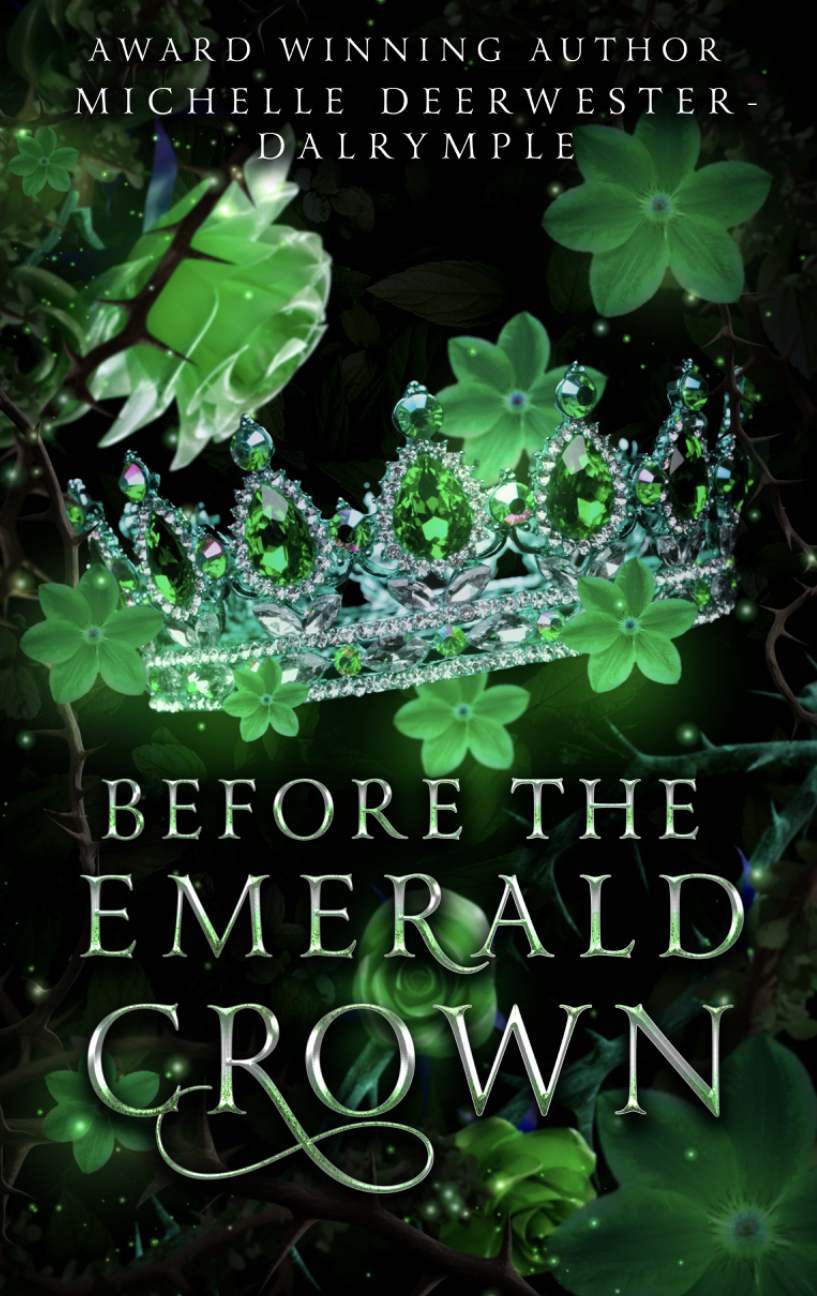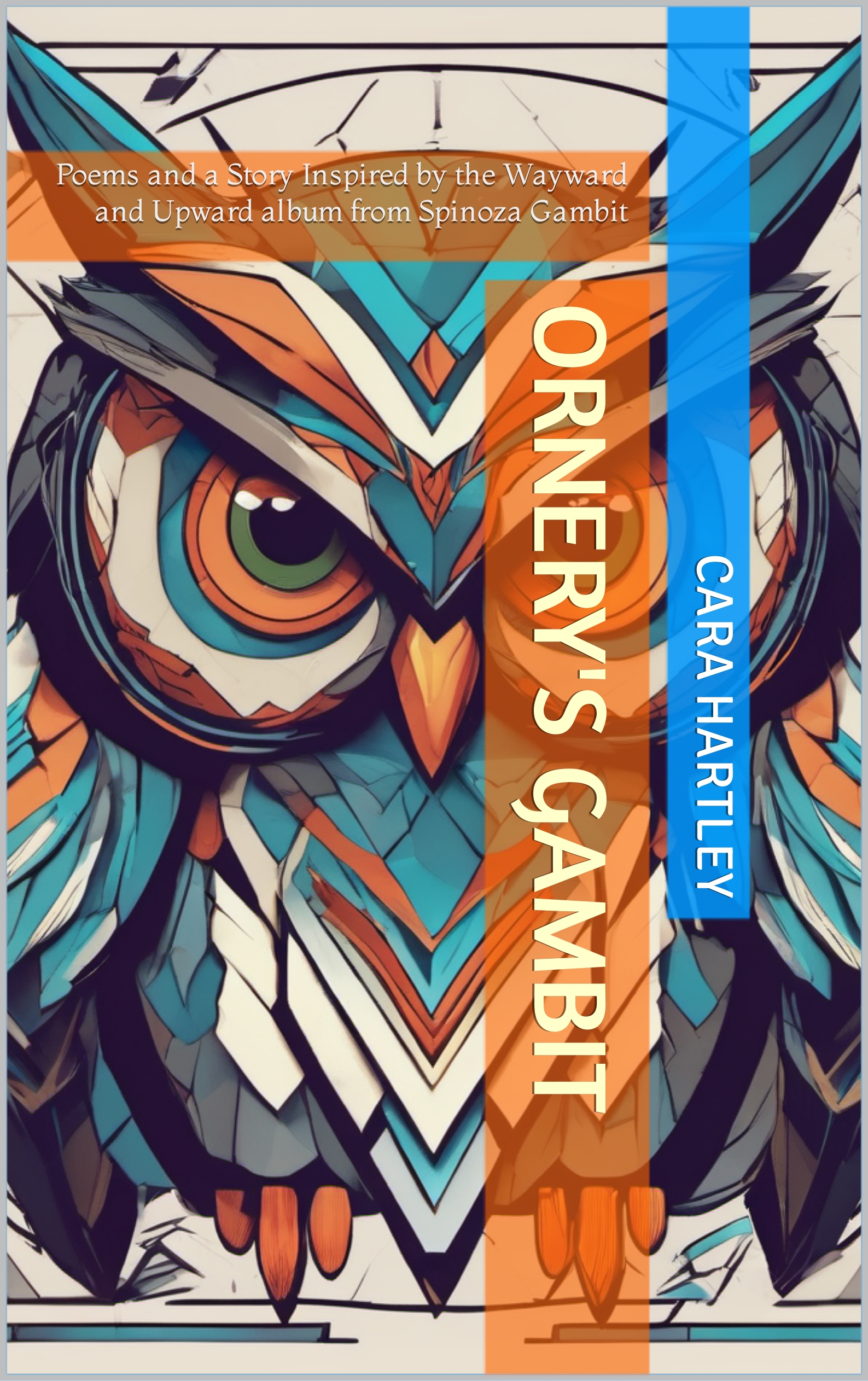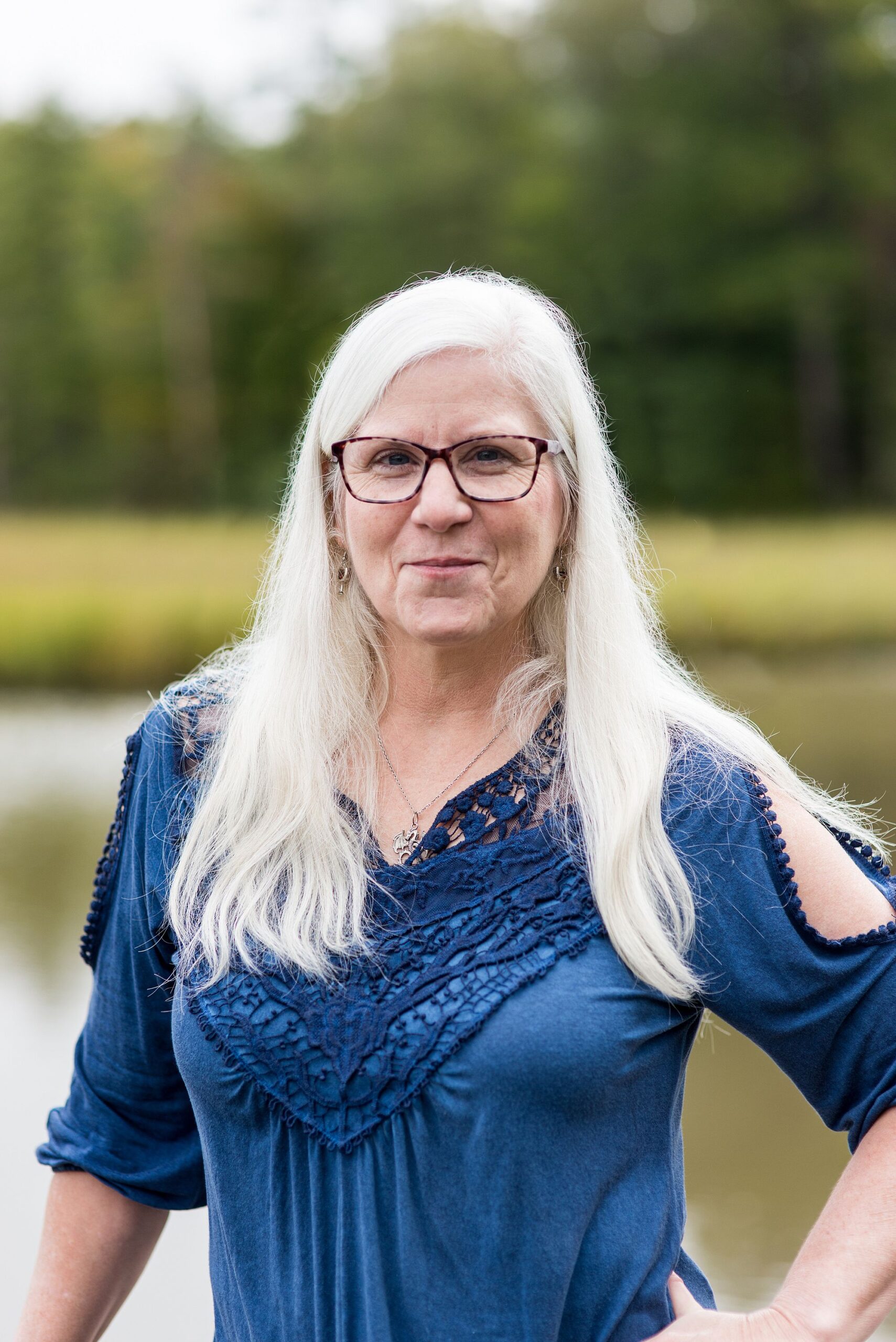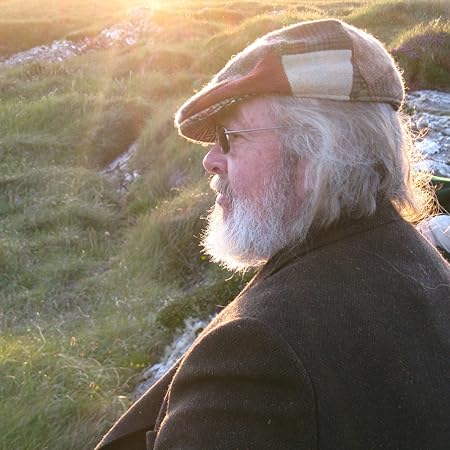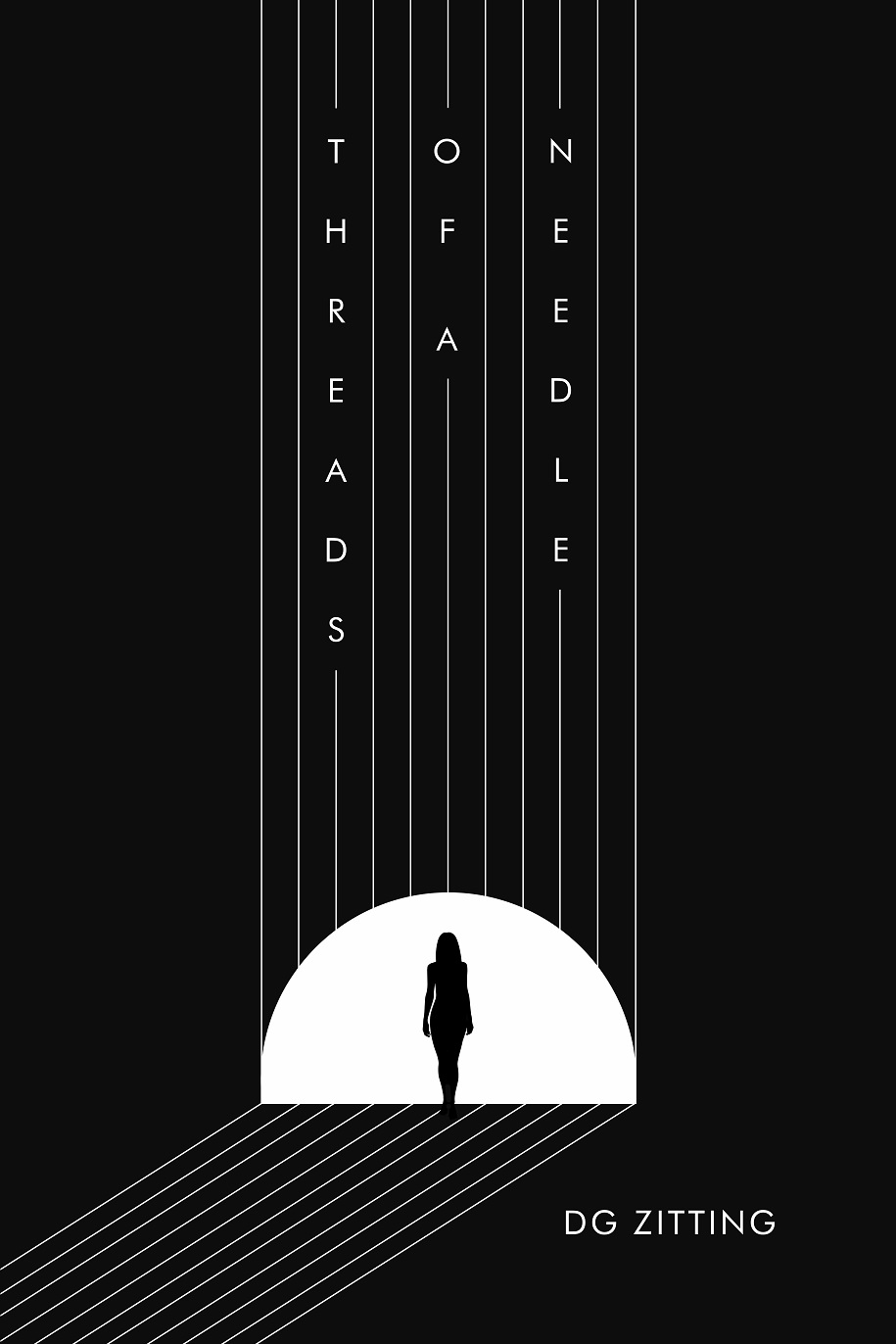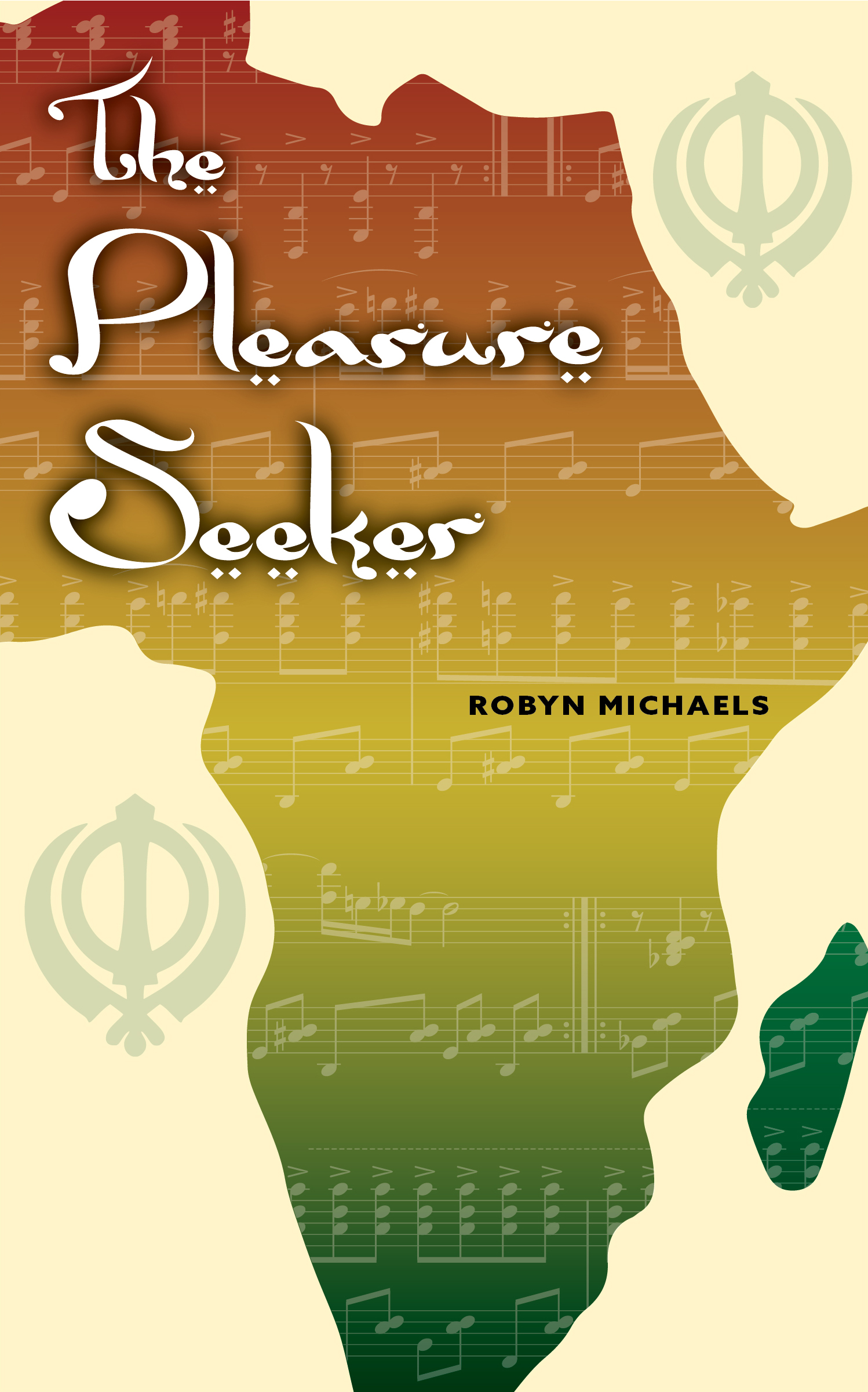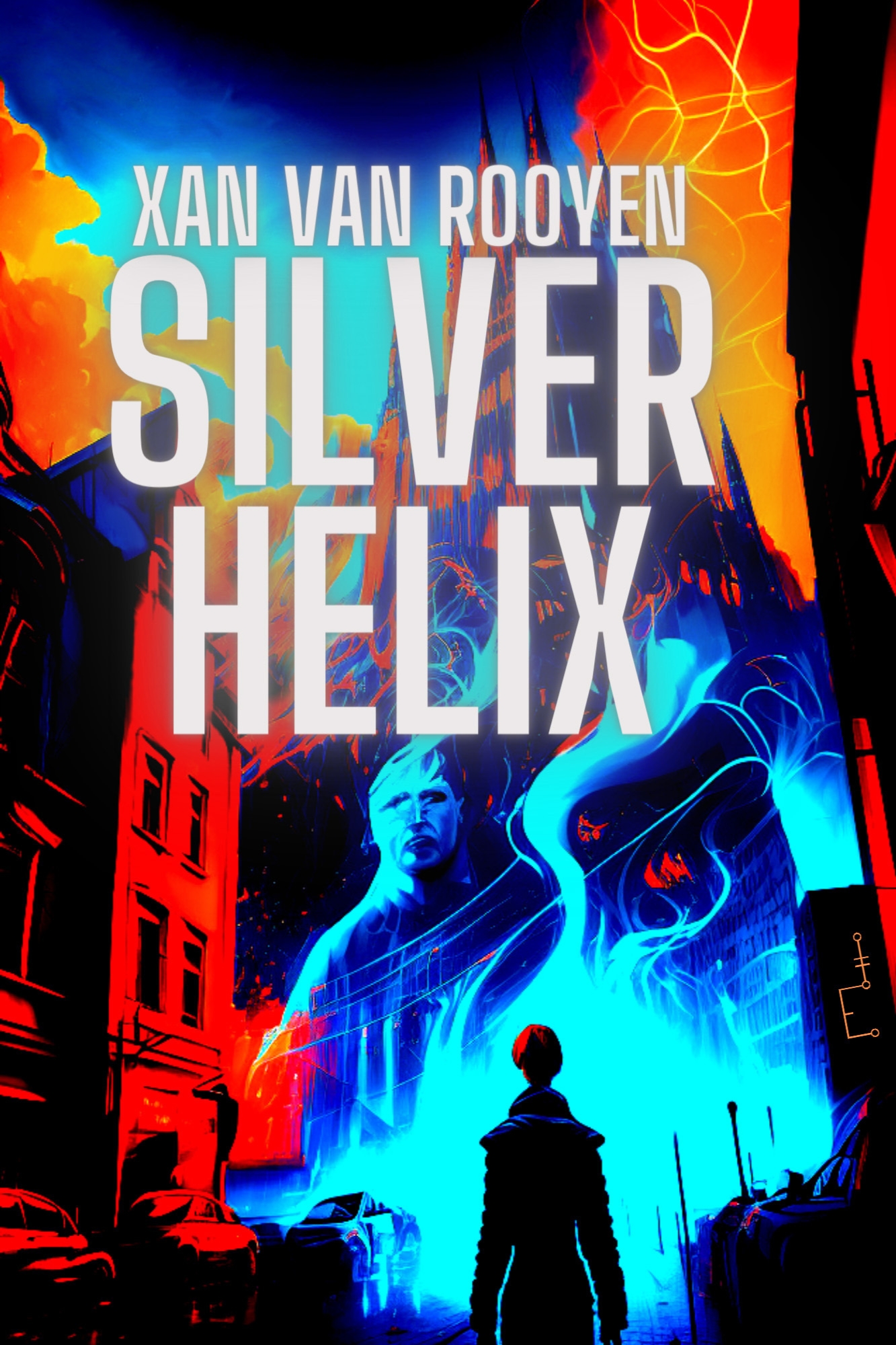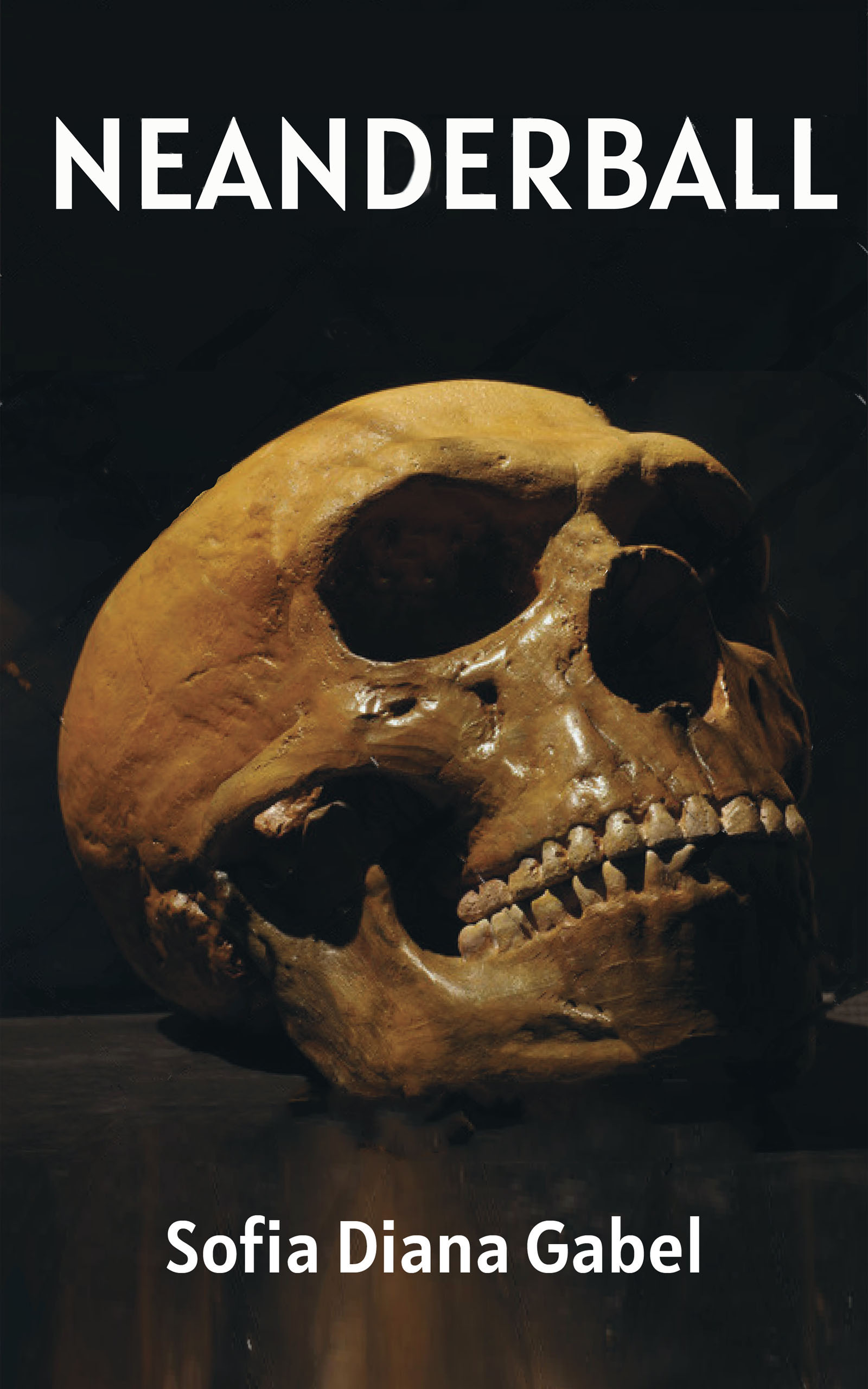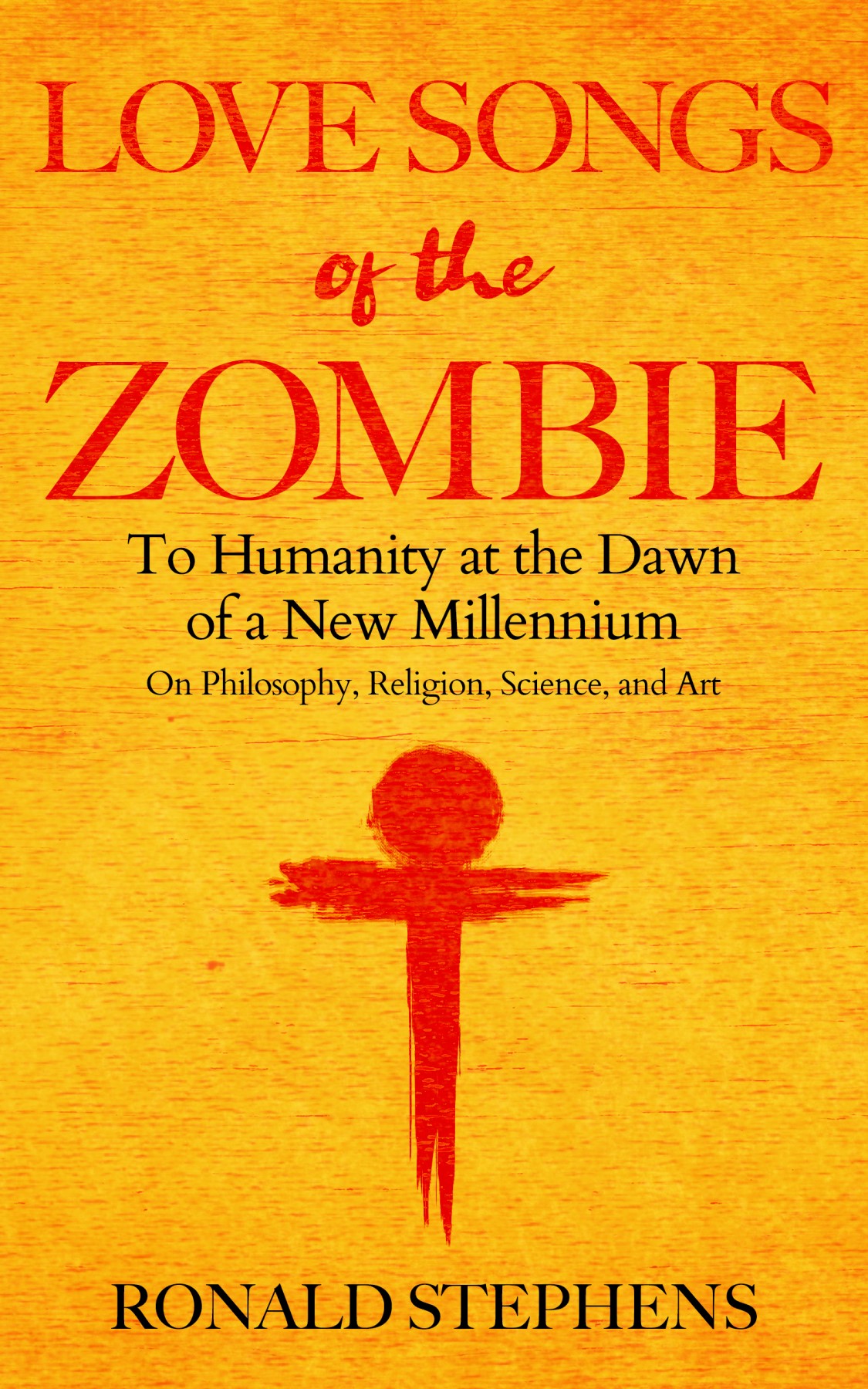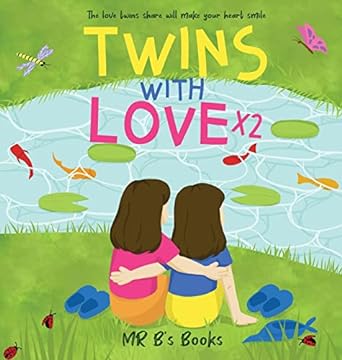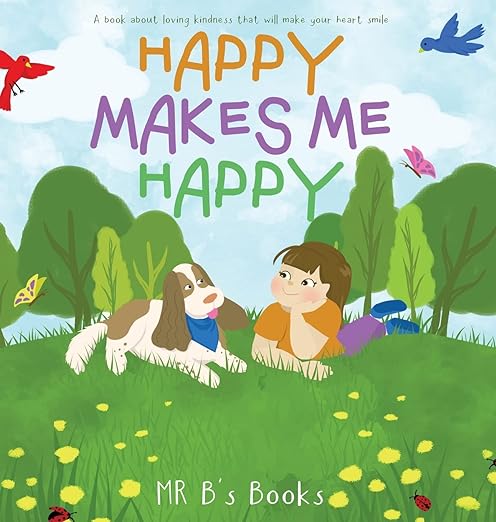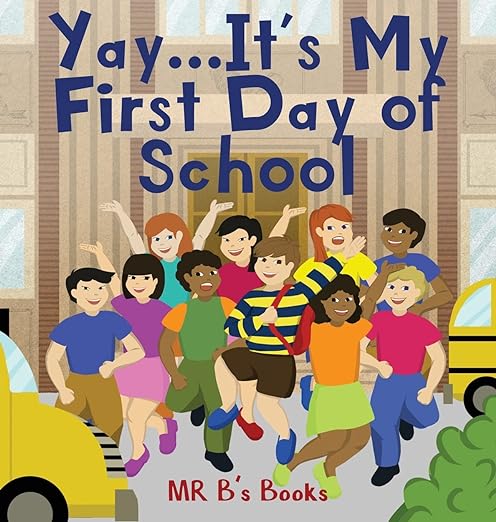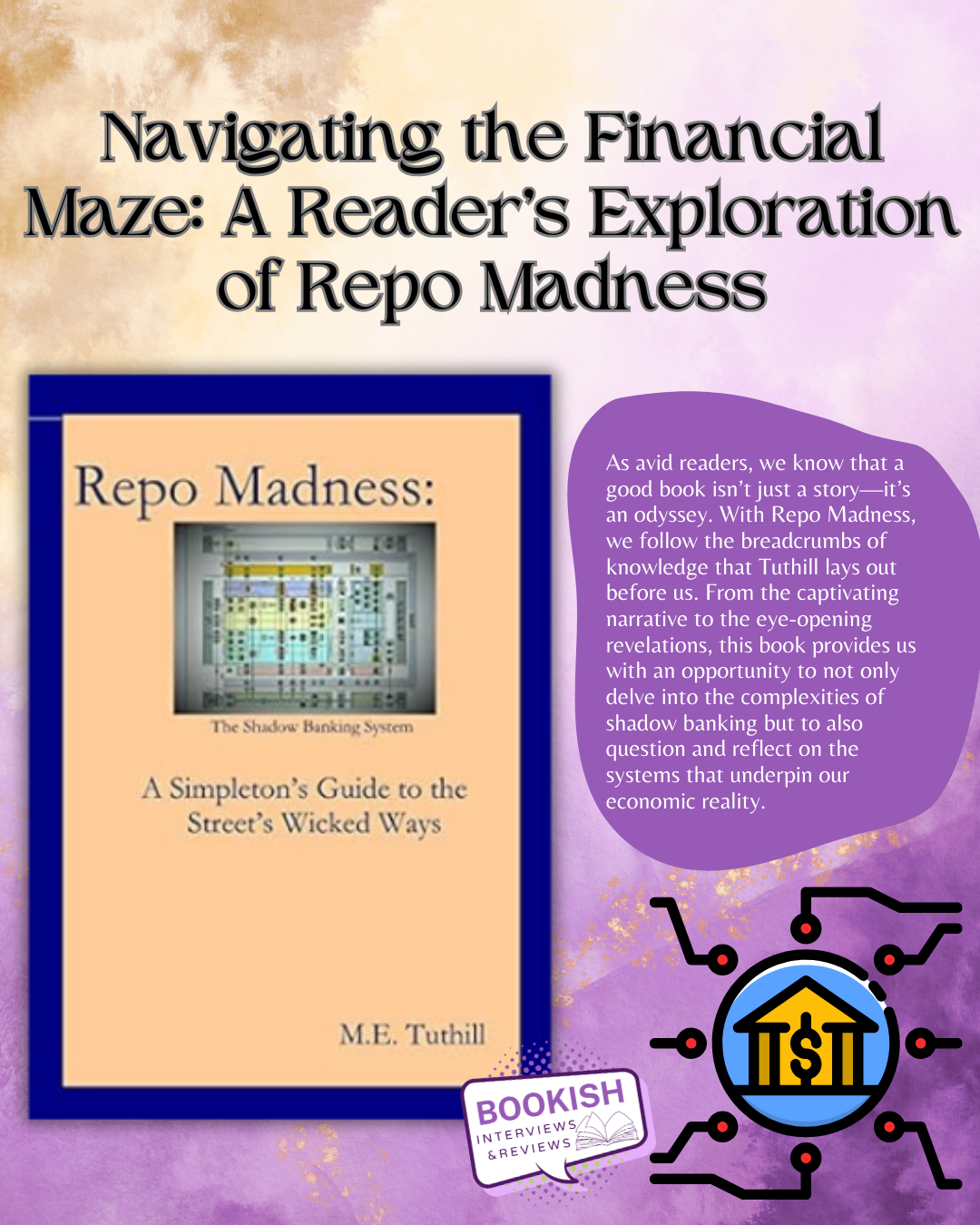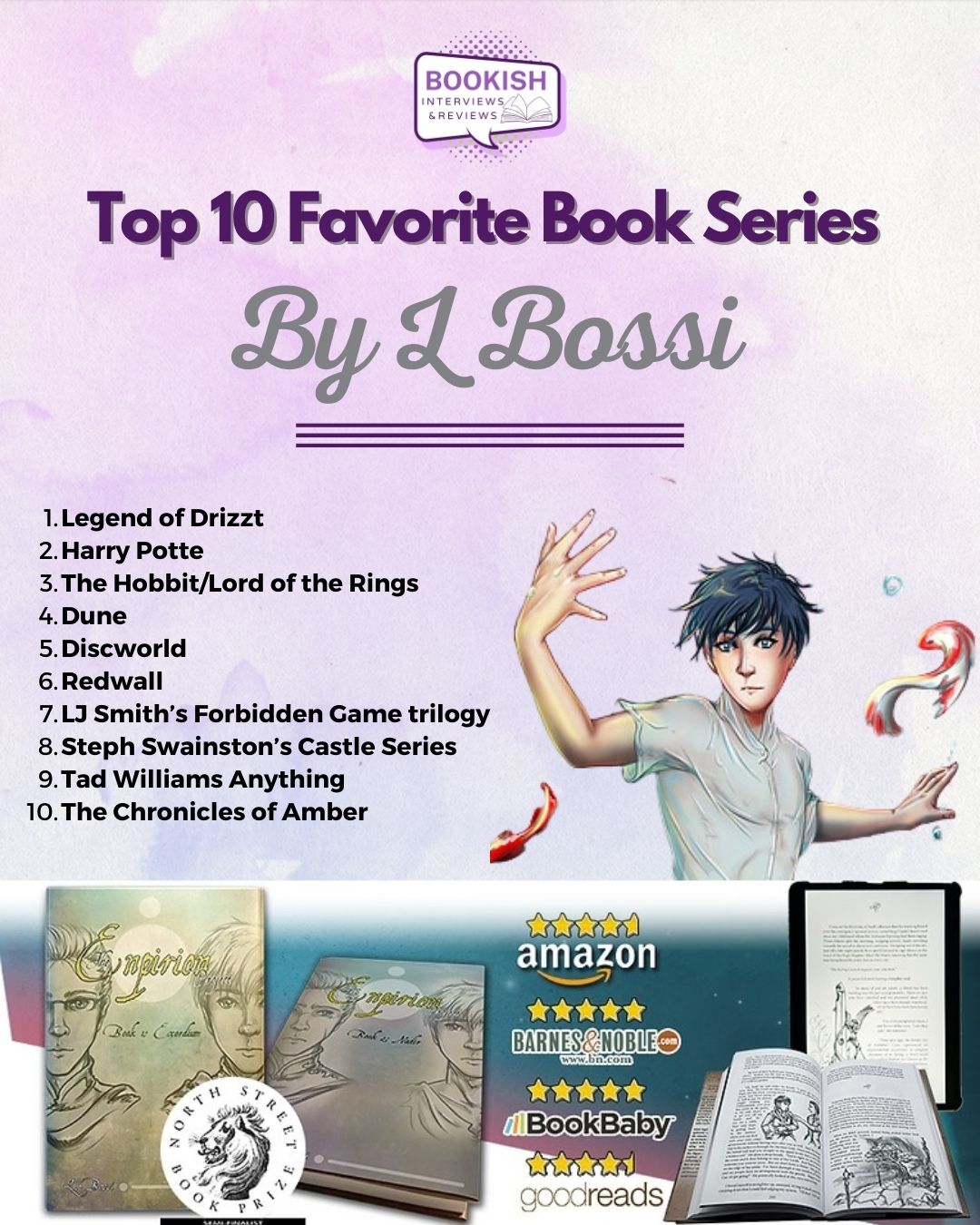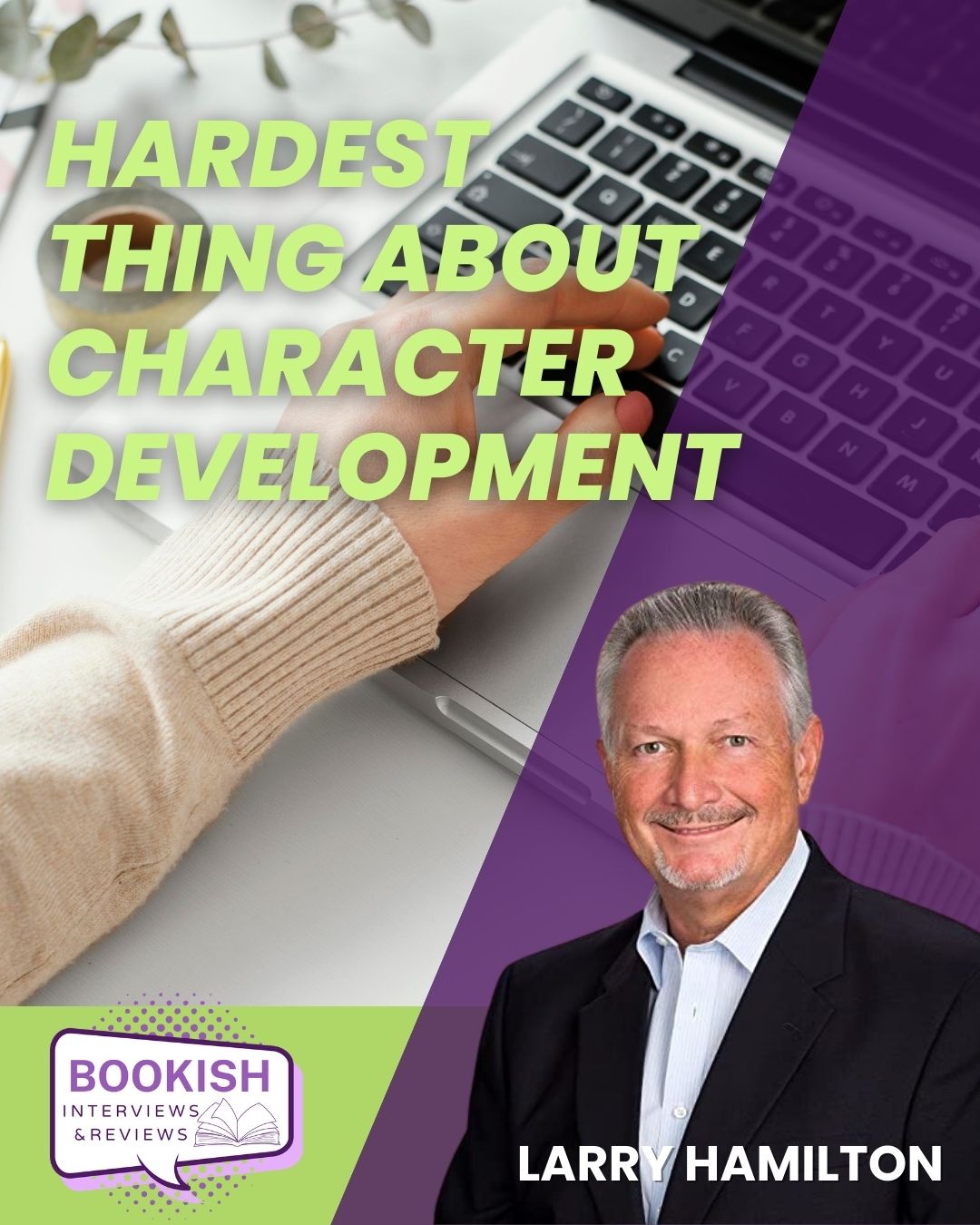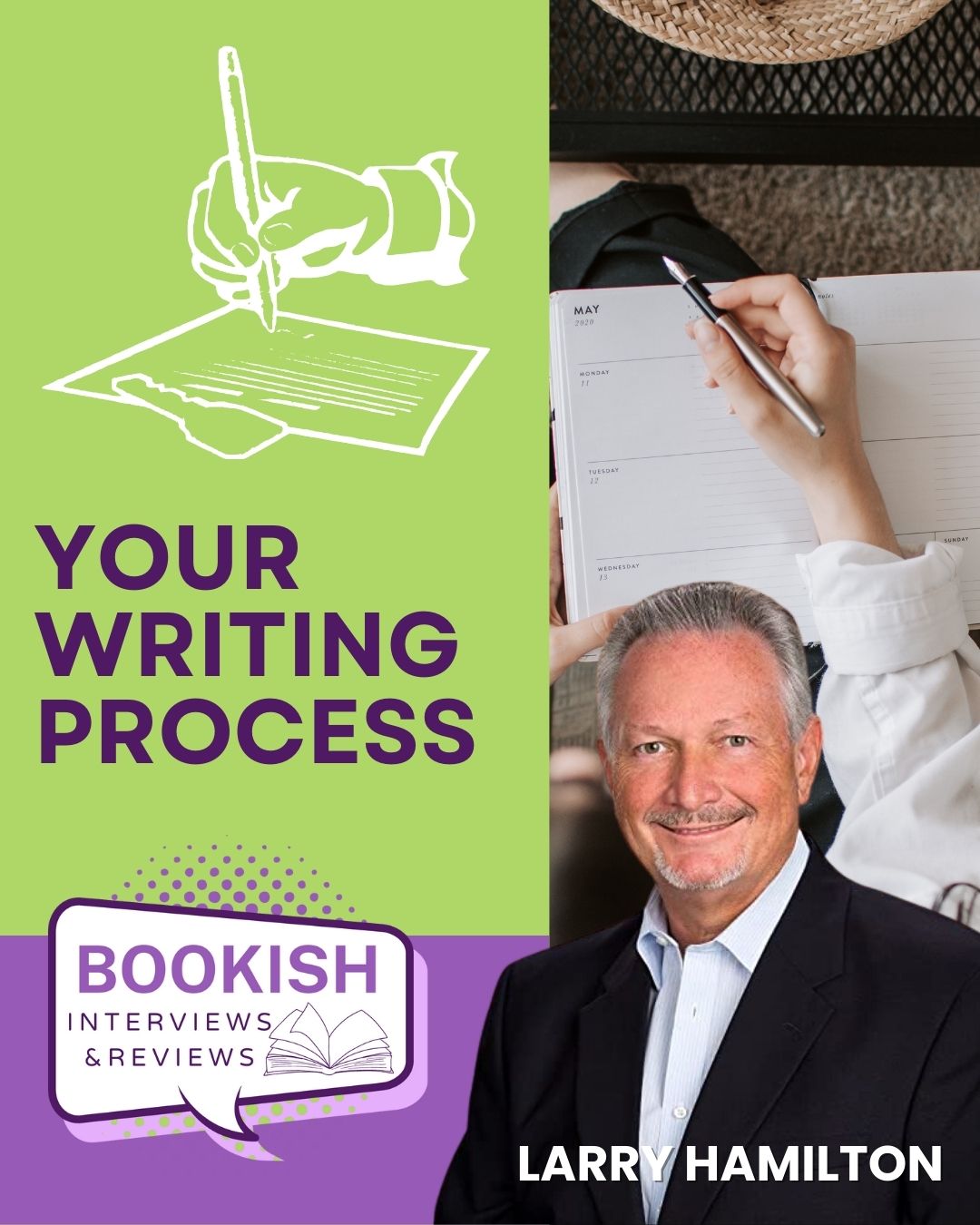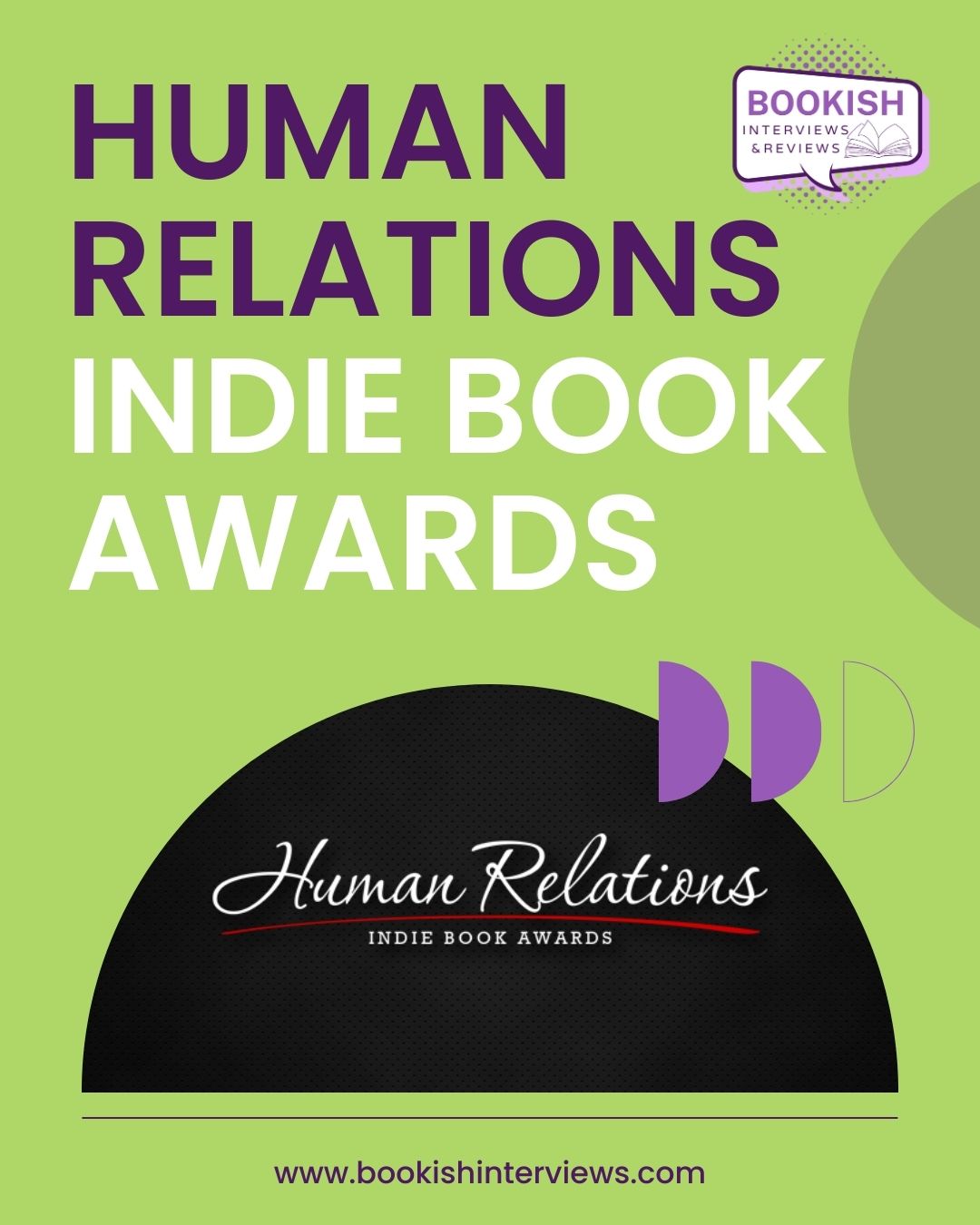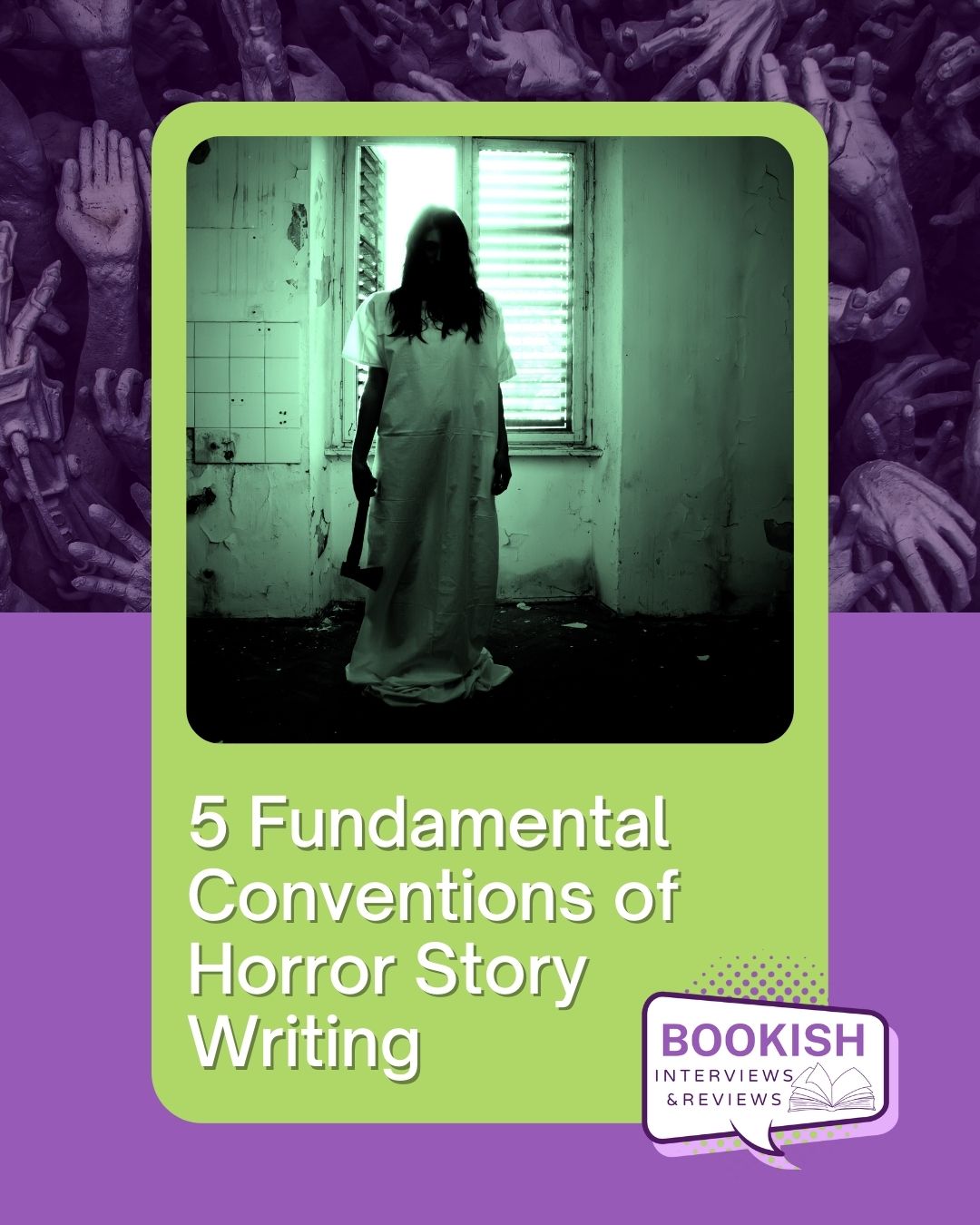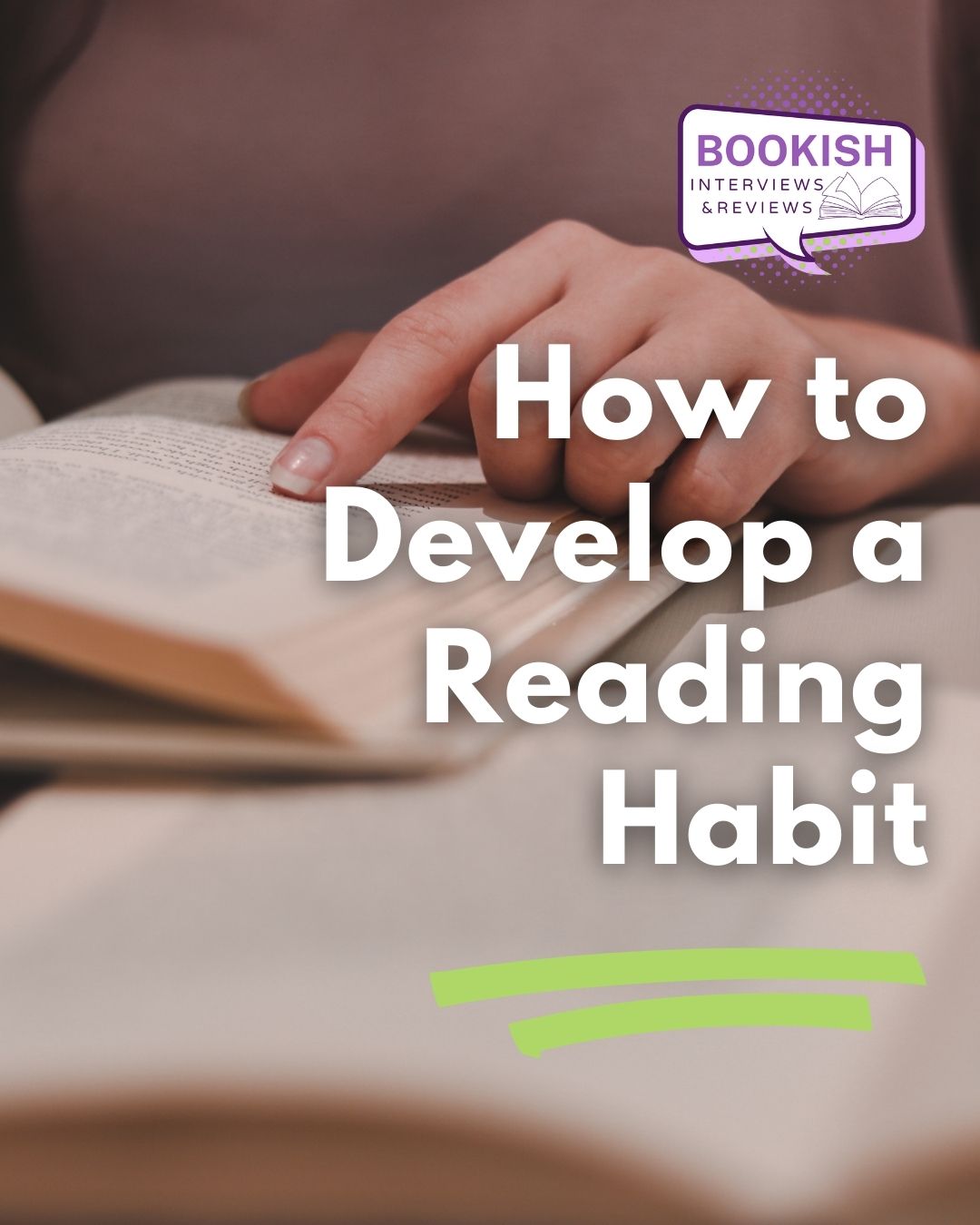Crossroads by Rhonda Parker Taylor is a crime thriller about a woman who’s involvement as a juror in a murder case turns her life upside down. Rhonda Parker Taylor is an author with many years of experience in business, management and teaching. She has a passion for research and has also discovered her passion for writing. Both of these interests play hand in hand and make for rich world and character building. Throughout this interview, Rhonda Parker Taylor lets us in on how she does research when writing a book, for example how to create realistic characters that have depth. We’ll also dive into her book, Crossroads, and discuss what makes this murder mystery special!
Tell us about your book.
Crossroads unravels the life of Paris Pennington, a diligent workaholic in the financial world of Indianapolis. Her story unfolds against the backdrop of the early 2000s, in the twelfth- largest city in the U.S., known for the iconic Indianapolis Motor Speedway. Amid the city’s organized downtown and tourist attractions, Paris, a type-A powerhouse, faces an unexpected turn when duty compels her to serve on a murder trial as the jury foreman.
The narrative takes a gripping turn as a perceived mistake by a judge thrusts Paris into a world of drama, illness, death, and betrayal. The carefully woven fabric of her well-organized life begins to unravel, testing her resilience and challenging her perceptions of loyalty and envy.
Crossroads is a poignant journey, exploring the embattled personal war between past and present, where a crossroad emerges, promising change and the fulfillment of dreams. Paris Pennington’s tale is one of restlessness, uncertainty, and the powerful forces that may hinder the dawn of a new tomorrow.
What challenges do you face when developing morally complex characters in a crime narrative?
Developing morally complex characters in a crime narrative comes with its unique set of challenges. One primary commitment I made to myself is to avoid writing too deeply into the darkness, ensuring that the focus remains on tension, conflict, and the underlying motivations driving characters’ behaviors and 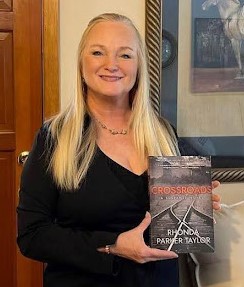 decisions. I am intentional about not becoming known for narratives centered around horrors. Instead, I strive to illuminate the shades of gray in morality, showcasing that real-life situations are rarely clean-cut.
decisions. I am intentional about not becoming known for narratives centered around horrors. Instead, I strive to illuminate the shades of gray in morality, showcasing that real-life situations are rarely clean-cut.
One of the key challenges is navigating the internal struggle that morally complex characters face, which stems from an intricate interplay of emotions and mental states. By examining the psyche of these characters, I aim to depict the complexity of human nature, where decisions are often influenced by a myriad of factors, both internal and external.
Moreover, I emphasize the role of personal choices in leading individuals into the criminal justice system. This approach seeks to highlight the nuances of accountability, recognizing that circumstances and decisions are intricately linked. By portraying characters in this light, I hope to encourage readers to contemplate the broader context surrounding criminal behavior, fostering a deeper understanding of the factors contributing to the characters’ moral complexities.
In Crossroads, the character Billy Knuckles serves as a poignant example of the complexities surrounding morally charged decisions and their consequences. Despite growing up with his mother’s advice to distance himself from a particular acquaintance, Billy’s failure to heed this counsel tragically culminates in him becoming an unwitting accessory to a brutal murder. This narrative choice underscores the ripple effect of personal decisions, demonstrating that the path to criminal involvement is often intricate and influenced by a myriad of factors. Billy’s story serves as a stark reminder that the choices we make, especially in relationships, can have profound and far-reaching implications.
By depicting characters like Billy, Crossroads aims to shed light on the internal struggles individuals face, navigating conflicting advice, loyalties, and the intricate web of emotions that contribute to morally complex situations. Through such examples, the narrative seeks to challenge preconceptions and encourage readers to consider the multifaceted nature of criminal behavior.
In essence, my goal is to present a narrative that challenges conventional perceptions, inviting readers to empathize with the internal struggles and complexities that shape morally ambiguous characters in a crime narrative.
How do you balance drawing inspiration from reality while creating a fictional crime world?
Balancing inspiration from reality while creating a fictional crime world is a delicate process that involves a combination of observation, research, and meticulous character development. Firstly, keen observation of the real world allows me to capture authentic nuances in human behavior, social dynamics, and the intricacies of daily life. This observational approach lends credibility to the fictional crime world, grounding it in elements that readers can relate to and recognize.
Extensive research is crucial to ensure accuracy and depth in the portrayal of criminal elements, legal procedures, and societal responses. This may involve digging into case studies, consulting experts, and staying abreast of developments in forensic science and criminal justice. By weaving these researched elements into the narrative, I enhance the believability of the fictional crime world. Character development is a pivotal aspect of this balancing act. By drawing from real-life personalities, experiences, and psychological insights, I create characters that feel authentic and resonate with readers. Employing methods such as the SOAP Note and DSM-V manual adds layers to character profiles, ensuring they exhibit realistic behaviors, motivations, and emotional responses.
Moreover, incorporating relatable settings and everyday scenarios helps bridge the gap between reality and fiction. This allows readers to immerse themselves in the story, even within the framework of a crime narrative. It’s essential to maintain a balance that respects the gravity of real-world issues while crafting a compelling fictional narrative. This approach not only fosters a sense of authenticity but also provides an opportunity for readers to reflect on the complexities of the world we inhabit. Ultimately, the synergy of observation, research, and character development allows for the creation of a crime world that is both captivating and thought-provoking.
How do you go about crafting the intricate plots and twists that are characteristic of crime fiction?
Crafting intricate plots and twists in crime fiction involves a meticulous blend of planning, character development, and a touch of unpredictability. In Crossroads, I outline the plot initially, but I also recognize the dynamic nature of storytelling. The characters, like Paris Pennington, often steer the narrative towards their own envisioned conclusions.
Building on this, I utilize the SOAP Note method and immerse myself in various research avenues, including ride-alongs with law enforcement and listening to 911 calls. These experiences not only provide authenticity but also inspire unexpected plot developments. The challenges faced during chases or crime reporting become nuanced, creating twists that mirror the complexities of real-life situations.
I strive to strike a balance between maintaining a cohesive storyline and allowing room for characters to evolve organically. The characters themselves contribute to the twists, revealing layers of their personalities that influence the plot. It’s a fluid process where the narrative unfolds, mirroring the unpredictable nature of crime and human behavior. This blend of planning, research, and responsiveness to character dynamics allows for the creation of intricate plots and twists that keep readers engaged and guessing. The goal is to provide a gripping crime fiction experience that feels authentic, surprising, and resonates with the complexities of the real world.
How do you navigate staying true to the genre while bringing your unique voice to your work?
In the initial stages of crafting Crossroads, my primary focus was on storytelling without rigidly adhering to genre conventions. Having immersed myself in various suspense novels, I absorbed the essence of the genre but allowed my unique voice to guide the narrative. The goal was to authentically portray characters, their struggles, and the intricate plot, which organically unfolded.
Upon completing the novel, a reflective phase ensued. I revisited the manuscript, ensuring that while staying true to my voice, I had effectively incorporated the quintessential elements of suspense. This involved a careful review to guarantee that the twists and turns resonated with the genre expectations, elevating the suspenseful atmosphere.
Crucially, I recognized the need to offer more than just a gripping storyline. My aim extended beyond mere plot intricacies; it encompassed infusing the narrative with meaningful lessons. Each twist, turn, and revelation was crafted with a purpose—to not only captivate the reader but to provoke thought and reflection.
In essence, the process evolved from an initial pure storytelling approach to a balanced blend of my distinct narrative voice and the essential characteristics of the suspense genre. This meticulous balance ensured that Crossroads became more than just a suspense novel—it became a resonant and thought-provoking exploration of human complexities.
Find the Author
Crossroads: A Suspense Novel
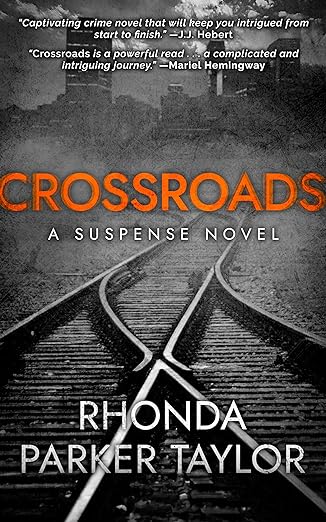 Paris Pennington, a lovely workaholic about to be confronted with adversity and chaos, with challenges leading her to restlessness, uncertainty, and questioning her life choices and her current path. The fabric of her life begins to be picked apart as people around her start dying. A crossroad leads her to make a change and promises to fulfill her dreams while an embattled personal war between past and present comes together, testing loyalty and the forces of envy that may prevent tomorrow from coming.
Paris Pennington, a lovely workaholic about to be confronted with adversity and chaos, with challenges leading her to restlessness, uncertainty, and questioning her life choices and her current path. The fabric of her life begins to be picked apart as people around her start dying. A crossroad leads her to make a change and promises to fulfill her dreams while an embattled personal war between past and present comes together, testing loyalty and the forces of envy that may prevent tomorrow from coming.
“Keeps readers engaged in not only Paris’s personal life, but also the world of murder, tragedy, death, and the hope for justice.” – Golden Globe-Nominated American Actress and Author Mariel Hemingway
“Paris Pennington is a protagonist that you find yourself rooting for from start to finish, even as those close to her mysteriously fall.” – Best Selling Author J.J. Hebert
Purchase Crossroads



